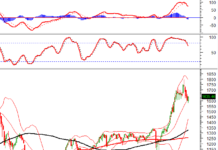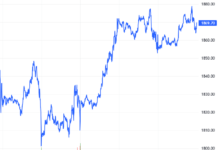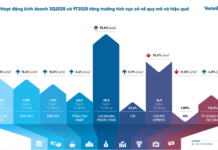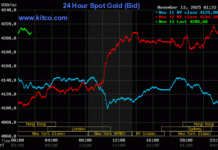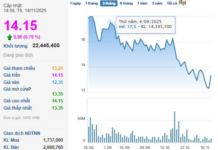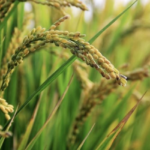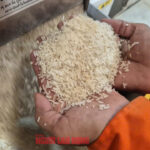
Illustrative image
Indonesia’s National Food Agency (Bapanas) has announced that the country’s record-high rice production has significantly cooled global rice prices while strengthening Indonesia’s position in the global food supply chain.
Specifically, Andi Amran Sulaiman, Head of Bapanas, stated that Indonesia’s efforts have contributed to reducing global rice prices from approximately $650 per ton to the current $371 per ton.
“This achievement is largely due to the dedication of our farmers and sound production policies,” he remarked in a statement earlier this November.
According to Sulaiman, the surge in domestic rice production not only meets local consumption demands but also bolsters the Government Rice Reserve (CBP), which now stands at around 3.8 million tons. Indonesia’s Statistics Agency (BPS) forecasts that rice production in 2025 will reach 34.77 million tons, a notable increase from the previous year’s 30.62 million tons, resulting in a surplus of approximately 4.15 million tons.
The National Development Planning Agency’s (Bappenas) 2025 Rice Balance Forecast estimates Indonesia’s rice consumption for the upcoming year at around 30.97 million tons, leading to a production surplus of about 3.8 million tons.
Bapanas attributes this success to President Prabowo Subianto’s direct agricultural policies, which include a directive to halt rice imports starting in 2025 and enhance food self-sufficiency.
Market data reveals that in January 2024, export prices for white rice from Thailand, Vietnam, Pakistan, and Myanmar ranged between $622–655 per ton. However, by the third week of December 2024, following Indonesia’s announcement to cease rice imports, international prices dropped to $455–514 per ton.
According to the FAO’s All Rice Price Index (FARPI), global rice prices in December 2024 decreased by 1.2% from the previous month, falling to 119.2 points. By September 2025, the index further declined to 100.9 points—the lowest in nearly two years.
Meanwhile, BPS reported that Indonesia’s domestic rice price index rose from 136.78 points in January 2025 to 146.24 points in October 2025, reflecting improved income and welfare for rice farmers.
To maintain market stability, the Indonesian government has established a Rice Price Control Task Force, responsible for monitoring the activities of rice producers, distributors, wholesalers, and retailers nationwide.
With its record production and food self-sufficiency policies, Indonesia is emerging as a new influential player in the global rice market, amidst ongoing fluctuations in world food prices driven by climate change and international trade dynamics.
Shifts in the two most significant rice export markets for Vietnam—the Philippines and Indonesia—have impacted Vietnam’s rice export landscape.
This week, Vietnam’s 5% broken rice price remained stable at $372 per ton, with traders noting that a minor harvest in the Mekong Delta provinces could exert downward pressure on prices.
Thailand’s 5% broken rice price slightly decreased by $2 per ton to $338, as rice demand remains subdued. India’s 5% broken parboiled rice price held steady at $347 per ton, supported by a smooth harvest and ample supply.
According to the General Department of Vietnam Customs, Vietnam’s rice exports in October plummeted by 56.2% year-on-year to 344,000 tons, while exports from January to October fell by 7.5% to 7.17 million tons.
India’s Rice Exports Poised for Over 10% Growth in Fiscal Year 2025-2026
India’s rice exports are projected to surge by over 10% in the 2025-2026 fiscal year, driven by market expansion and the diversification of value-added rice products, thereby bolstering the agricultural economy.
Vietnam Ranks Second Globally in Rice Imports
In the first nine months of 2025, Vietnamese businesses spent more on rice imports than on wheat and soybeans combined.

